Search the Special Collections and Archives Portal
Search Results
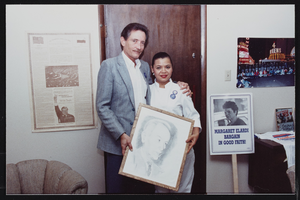
Jim Arnold and union member, Culinary Union, Las Vegas (Nev.), 1990s (folder 1 of 1), image 8
Date
1990 to 1999
Description
Arrangement note: Series III. Internal: Work
Image
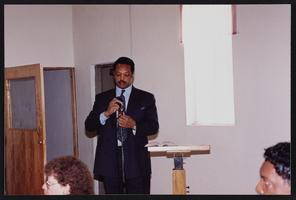
Breakfast banquet with Jesse Jackson, Culinary Union, Las Vegas (Nev.), 1990s (folder 2 of 3), image 25
Date
1990 to 1999
Description
Arrangement note: Series III. Internal: Work
Image
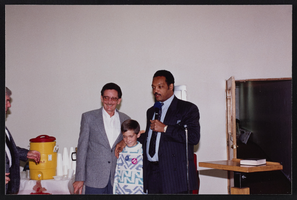
Breakfast banquet with Jesse Jackson, Culinary Union, Las Vegas (Nev.), 1990s (folder 2 of 3), image 27
Date
1990 to 1999
Description
Arrangement note: Series III. Internal: Work
Image
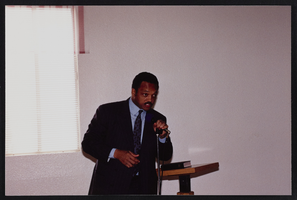
Breakfast banquet with Jesse Jackson, Culinary Union, Las Vegas (Nev.), 1990s (folder 2 of 3), image 28
Date
1990 to 1999
Description
Arrangement note: Series III. Internal: Work
Image

Breakfast banquet with Jesse Jackson, Culinary Union, Las Vegas (Nev.), 1990s (folder 2 of 3), image 29
Date
1990 to 1999
Description
Arrangement note: Series III. Internal: Work
Image
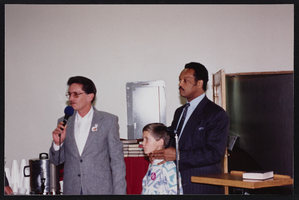
Breakfast banquet with Jesse Jackson, Culinary Union, Las Vegas (Nev.), 1990s (folder 2 of 3), image 30
Date
1990 to 1999
Description
Arrangement note: Series III. Internal: Work
Image
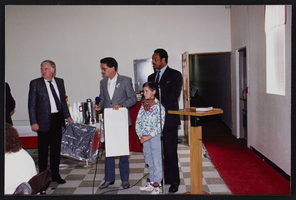
Breakfast banquet with Jesse Jackson, Culinary Union, Las Vegas (Nev.), 1990s (folder 2 of 3), image 31
Date
1990 to 1999
Description
Arrangement note: Series III. Internal: Work
Image
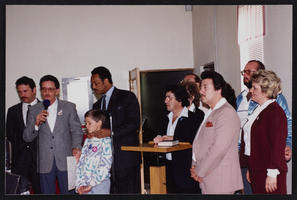
Breakfast banquet with Jesse Jackson, Culinary Union, Las Vegas (Nev.), 1990s (folder 2 of 3), image 32
Date
1990 to 1999
Description
Arrangement note: Series III. Internal: Work
Image
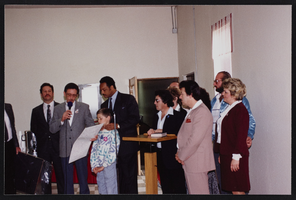
Breakfast banquet with Jesse Jackson, Culinary Union, Las Vegas (Nev.), 1990s (folder 2 of 3), image 33
Date
1990 to 1999
Description
Arrangement note: Series III. Internal: Work
Image
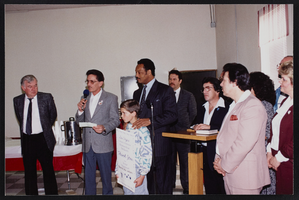
Breakfast banquet with Jesse Jackson, Culinary Union, Las Vegas (Nev.), 1990s (folder 2 of 3), image 34
Date
1990 to 1999
Description
Arrangement note: Series III. Internal: Work
Image
Pagination
Refine my results
Content Type
Creator or Contributor
Subject
Archival Collection
Digital Project
Resource Type
Year
Material Type
Place
Language
Records Classification
